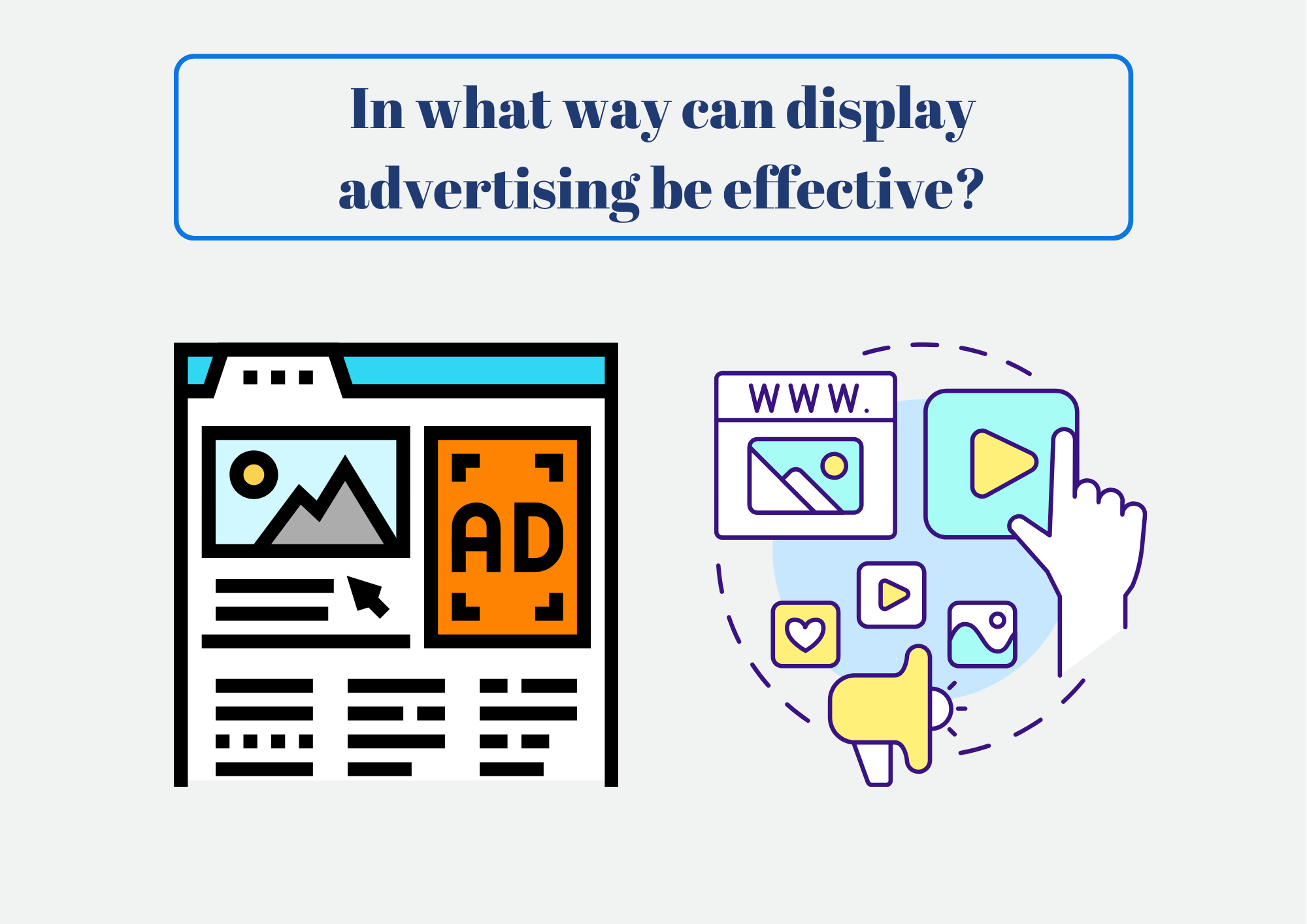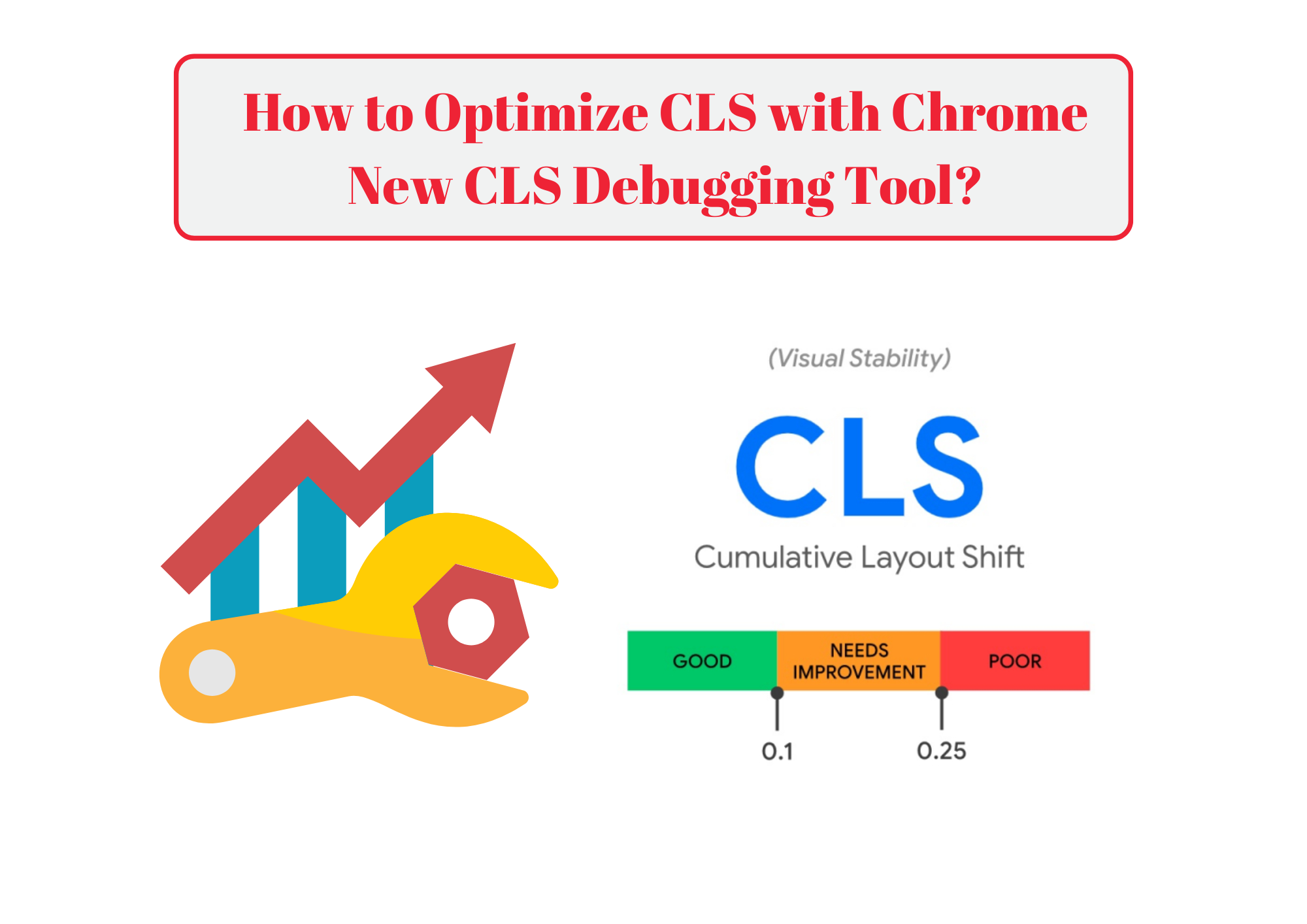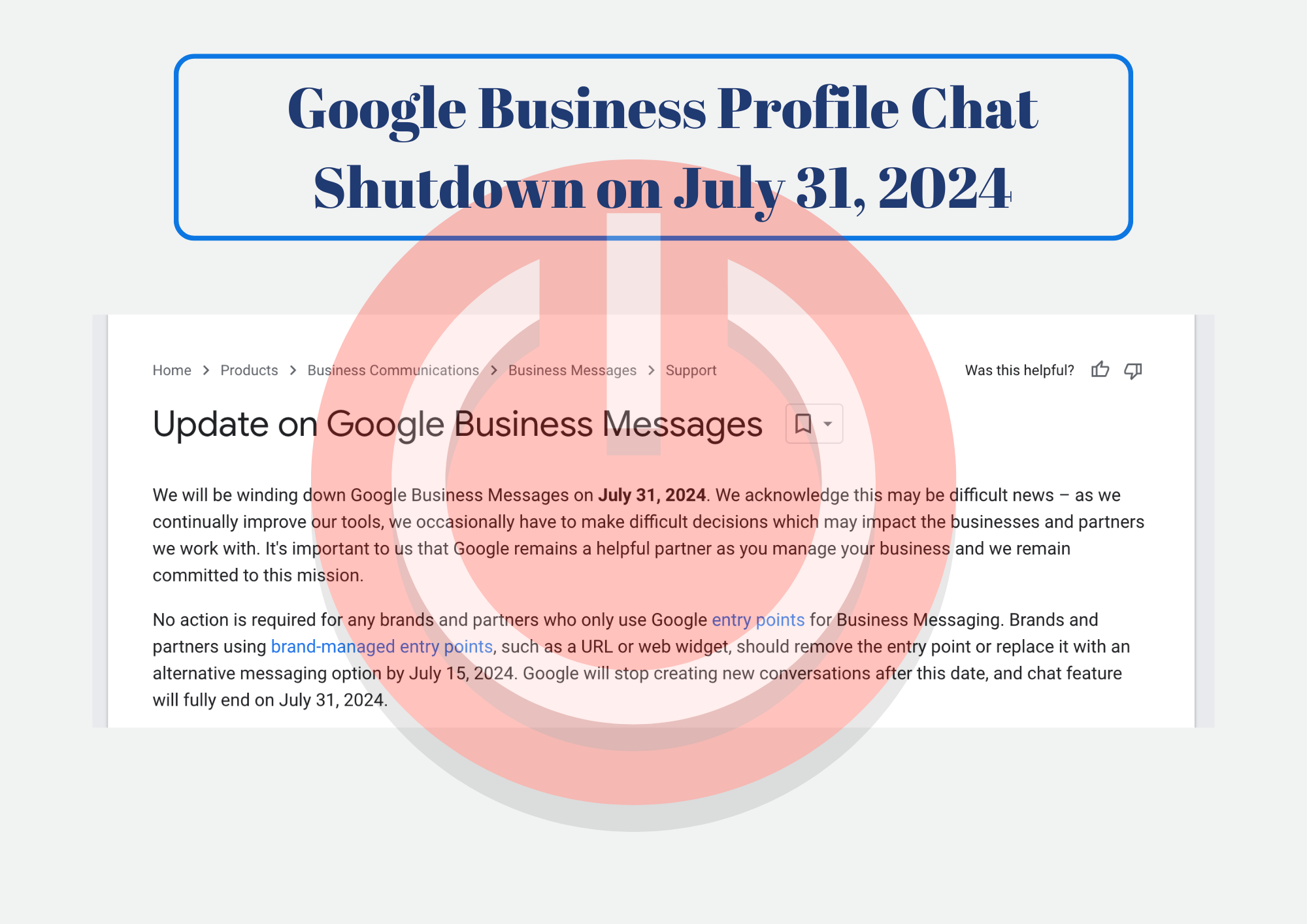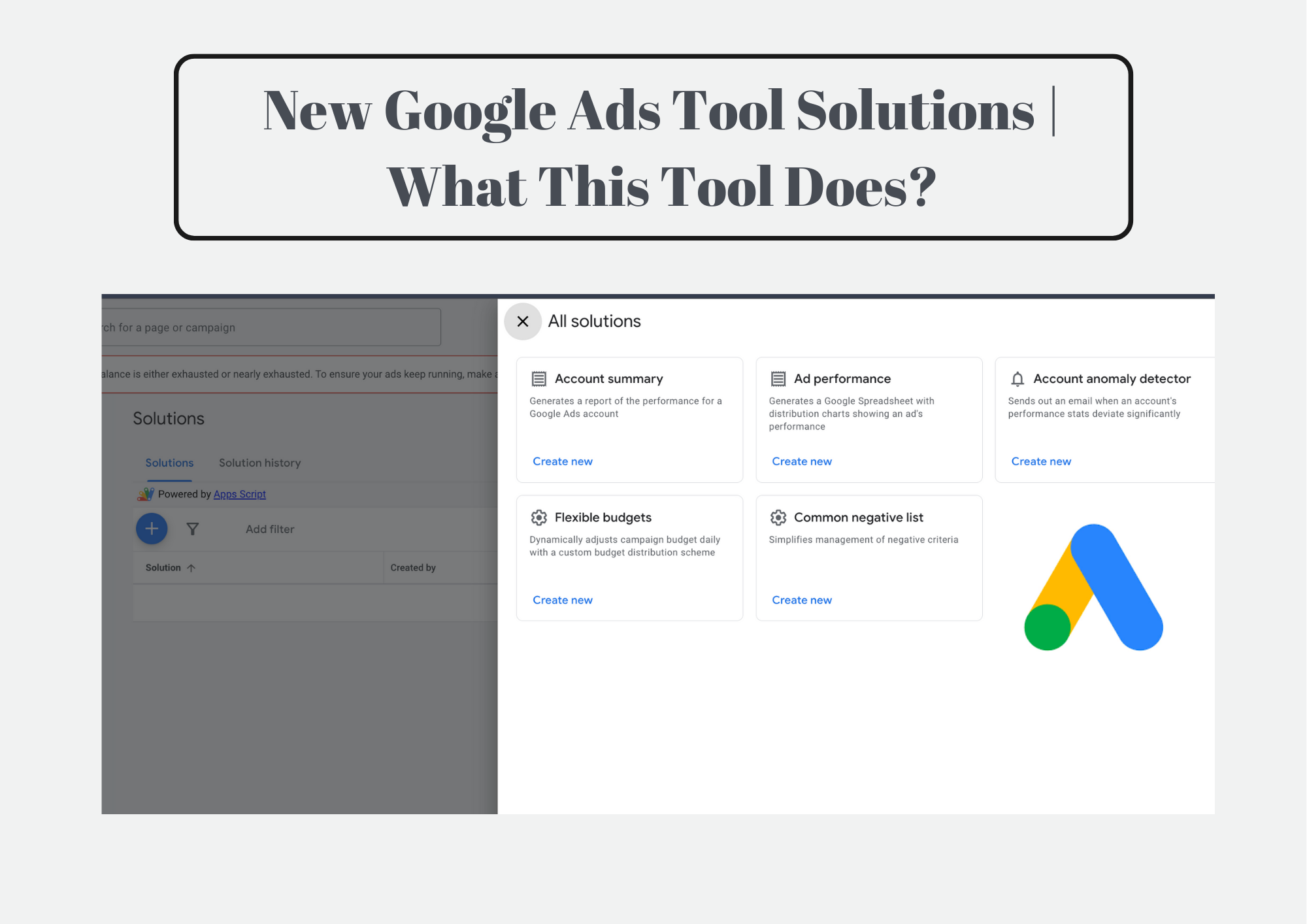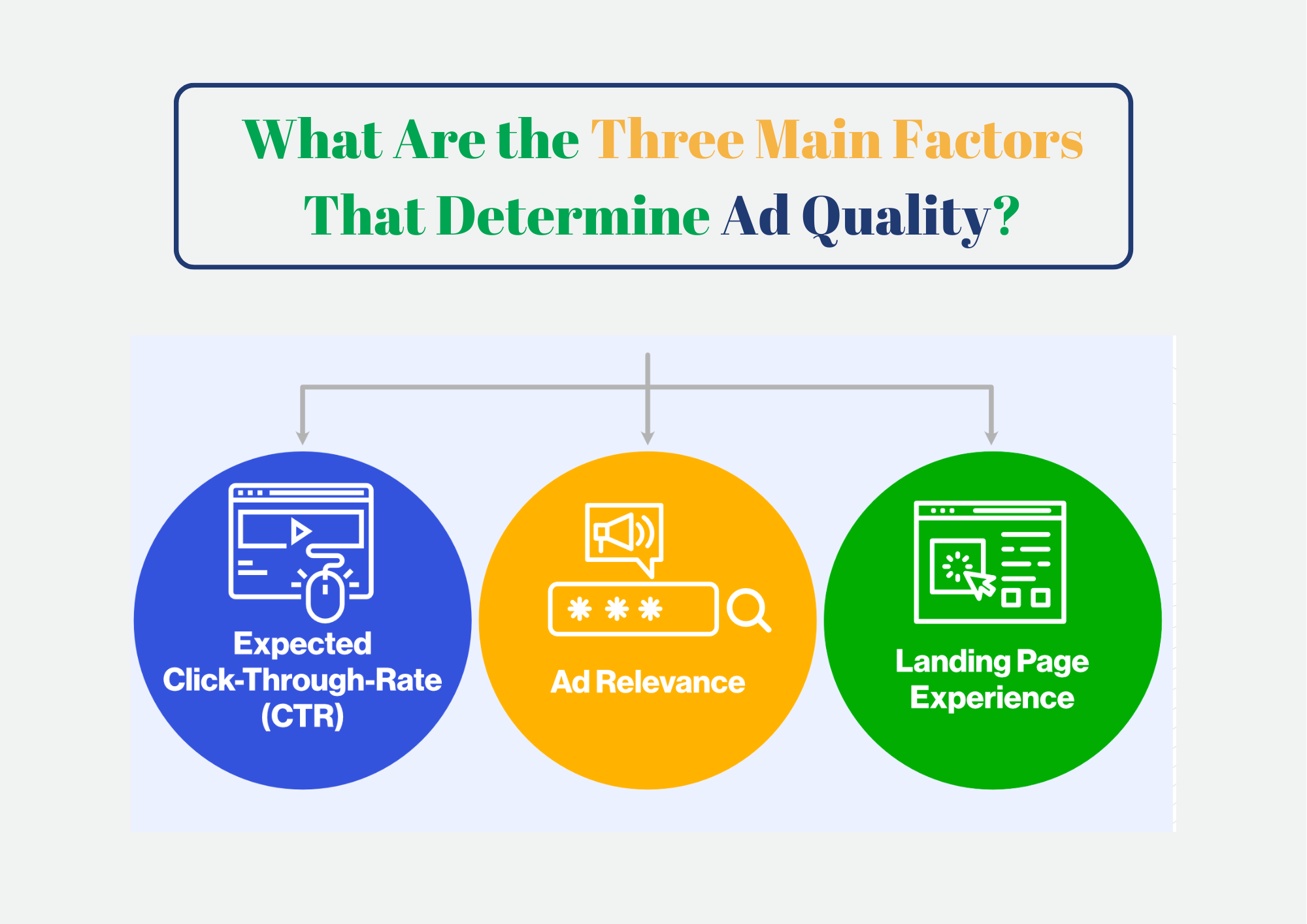
What are the three main factors that determine ad quality?
-
Expected clickthrough rate, ad formats, and ad relevance
-
Expected clickthrough rate, max CPC bid, and landing page experience
-
Max CPC bid, landing page experience, and ad relevance
-
Expected clickthrough rate, landing page experience, and ad relevance
The correct option is “Expected clickthrough rate, landing page experience, and ad relevance.”
This combination accurately reflects Google Ads’ Quality Score components, emphasizing the importance of how likely an ad is to be clicked (expected CTR), how relevant the ad is to the user’s search query (ad relevance), and the quality of the user’s experience once they click on the ad and visit the landing page (landing page experience). These factors are critical in determining ad quality because they directly impact the ad’s effectiveness, user satisfaction, and the overall cost and placement of the ad in search results.
In the competitive arena of digital advertising, the quality of your ads plays a pivotal role in determining the success of your campaigns. But what exactly defines “ad quality”? And more importantly, how can advertisers ensure their ads meet high-quality standards and what are the three main factors that determine ad quality? Google Ads, a leading platform in the advertising landscape, utilizes a comprehensive metric known as the “Quality Score” to evaluate ad performance.
Understanding the components of this score is crucial for any advertiser looking to optimize their campaigns for better visibility, higher click-through rates, and, ultimately, more conversions. This article delves into the big question i.e. “What are the three main factors that determine ad quality?“, offering insights and strategies to enhance your advertising efforts.
Understanding Ad Quality
Ad quality is not just about creating visually appealing advertisements; it’s about relevance, user experience, and the anticipated interaction between the ad and its target audience. Google Ads’ Quality Score serves as a diagnostic tool, guiding advertisers on how to improve their ads for better performance. But why is ad quality so crucial? Simply put, higher-quality ads often lead to lower costs and better ad positions.
What are the Three Main Factors That Determine Ad Quality?
The three main factors that determine ad quality are Expected CTR(Click through Rate0, Landing page experience and Ad relevance.
1. Expected Click-Through Rate (CTR)
- Definition and Importance: The expected CTR is a prediction of how likely it is that your ad will be clicked when shown. This factor is crucial because it directly impacts your ad’s visibility and the cost per click (CPC).
- Strategies for Improvement: Tips on optimizing ad copy to make it more compelling and directly relevant to the target audience.
2. Ad Relevance
- Definition and Importance: Ad relevance measures how closely your ad matches the intent behind a user’s search query. High relevance can significantly improve your Quality Score.
- Strategies for Improvement: Guidance on conducting keyword research and aligning ad copy with search intent.
3. Landing Page Experience
- Definition and Importance: This factor evaluates the user’s experience on the landing page your ad directs to. A positive experience is crucial for conversions and can lower your ad spend.
- Strategies for Improvement: Best practices for designing user-friendly landing pages that are informative, easy to navigate, and relevant to the ad’s message.
Key Takeaways
- Expected Click-Through Rate (CTR) Matters: A higher expected CTR indicates that Google believes your ad is likely to be clicked when shown. Optimizing ad copy for relevance and appeal can improve this metric, leading to better ad visibility and potentially lower costs.
- Ad Relevance is Crucial: Your ad’s relevance to the search query directly influences its Quality Score. Tailoring ad copy to match the searcher’s intent enhances relevance, making your ad more likely to be shown and clicked.
- Landing Page Experience Affects Performance: The quality of the landing page your ad directs traffic to plays a significant role in determining ad quality. A positive user experience, characterized by relevant content, ease of navigation, and fast load times, can improve conversion rates and reduce bounce rates.
- Quality Score Has Direct Financial Implications: High-quality ads, as determined by these three factors, often result in lower cost-per-click (CPC) and better ad positioning. This means you can achieve more with your advertising budget by focusing on ad quality.
- Continuous Optimization is Key: Improving ad quality is not a one-time task but an ongoing process. Regularly reviewing and optimizing your ads’ expected CTR, relevance, and landing page experience can lead to sustained improvements in campaign performance.
Our Verdict
The journey to achieving high ad quality is ongoing and requires attention to detail, creativity, and strategic thinking. By focusing on the expected CTR, ad relevance, and landing page experience, advertisers can create more effective, efficient, and engaging campaigns that resonate with their audience and achieve their marketing goals.
